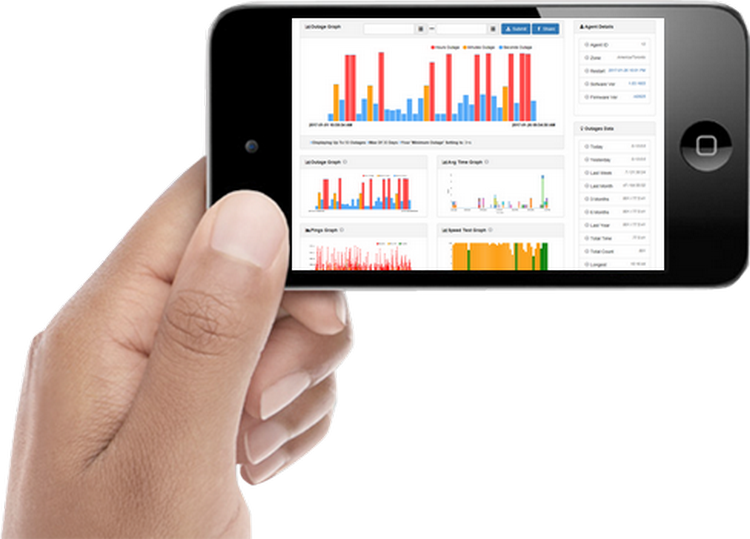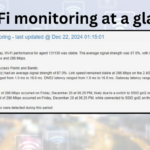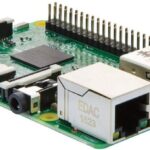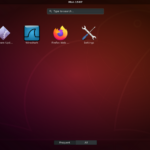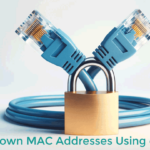There are several reasons why you might want to monitor your Internet connection. At the end of this article, we’ll even give you a fully automated way of monitoring your Internet and provider.
To troubleshoot connectivity issues
If you are experiencing connectivity issues, monitoring your Internet connection can help you identify the root cause of the problem.
For example, if you notice that your connection is frequently dropping or that your speeds are slower than usual, this could indicate a problem with your Internet service provider (ISP) or with your router.
To optimize your Internet usage
Monitoring your Internet connection can help you optimize your usage by identifying which applications or activities are using the most bandwidth.
This can be particularly helpful if you have multiple devices connected to your network, as you can see which devices are using the most bandwidth and adjust your usage accordingly.
To track your Internet usage
Monitoring your Internet connection can help you track your usage over time, which can be useful for a variety of purposes. For example, you might want to track your usage to ensure that you are not exceeding your data limits, or to see how your usage patterns change over time.
To diagnose problems with your devices
If you notice that your Internet connection is slow or unstable, it could be caused by a problem with one of your devices. Monitoring your connection can help you identify which device is causing the issue so that you can take steps to fix them.
Overall, monitoring your Internet connection can help you ensure that you are getting the most out of your Internet service, and can help you identify and troubleshoot any issues that might arise.
What are the traditional methods of monitoring TCP/IP problems?
There are several traditional methods for monitoring TCP/IP problems:
Pinging the network: One of the most basic methods for monitoring TCP/IP problems is to use the ping command to send an ICMP echo request to a specific device or IP address.
The ping command can be used to test the connectivity and responsiveness of a device on the network.
Tracing the route to a device: The traceroute command (or tracers on Windows) can be used to trace the route from your device to a specific IP address or host name.
This can help identify where a connectivity problem might be occurring, as you can see which devices and networks the packets are passing through on their way to the destination.
Using network utilities: Many network utilities that can be used to monitor and troubleshoot TCP/IP problems.
Some common examples include netstat, ifconfig, and ipconfig. These utilities can provide information about network connections, routing tables, and other aspects of the network.
Analyzing network traffic: Network traffic analysis tools, such as Wireshark, can be used to capture and analyze packets as they pass through the network.
This can help discover patterns and problems in the traffic, such as dropped packets or unusual traffic patterns.
Checking device logs: Many devices, such as routers and switches, maintain logs of network activity that can be helpful for troubleshooting problems. Checking these logs can provide insights into issues that might be affecting the network.
Overall, these are some traditional methods that can be used to monitor and troubleshoot TCP/IP problems. These methods can be useful for identifying connectivity issues and identifying the root cause of the problem.
Can I automate the monitoring of my Internet and provider?
Yes, you can. OutagesIO offers a free service and software agent that runs on Windows, Linux, and other operating systems that fully automates the process.
You can automatically monitor your Internet service and provider and your reports will show any and all problems including when, where, and with whom they were with.
Was the problem in your neighborhood? Was it with your provider? You’ll always know no matter what the provider says or doesn’t say.

